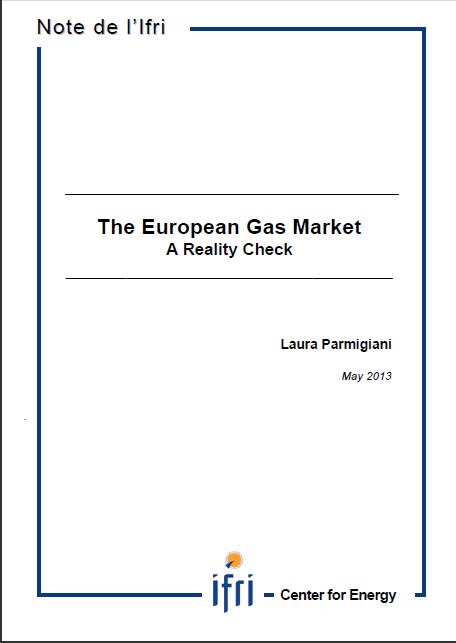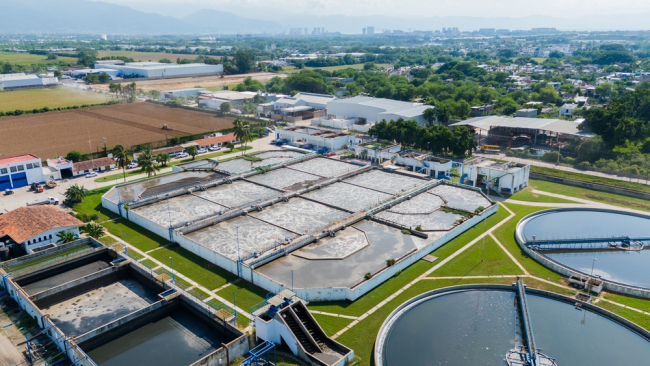The European Gas Market: A Reality Check

With the approach of the 2014 deadline for the completion of a truly European liberalized energy market, there is growing concern on the adequacy of the market structure with the changed economic and geopolitical environment. Market-based and short-term approaches have been fostered for both gas and electricity markets. Energy and climate policies have therefore a primary function in designing the basic rules for these markets to develop.
This study addresses two key issues related to the market design envisaged for the gas sector in Europe. The first raises questions about the adequacy of the market design proposed for the gas market with respect to security of supply. In fact, despite a higher dependence to external gas sources, the gas system has been developing all over Europe and it is becoming a key component of the European energy mix, in particular thanks to its back-up role for intermittent electricity generation and its lower content of CO2 emissions with respect to coal.
The external dimension of the gas market is thus taking a greater place in the approach to gas supply strategies. Security of supply is a key component in the gas sector and cannot be ignored in the creation of a European gas market. Moreover, the oligopolistic characteristic of the supply side has to be carefully assessed as it is well recognized that two countries (Norway and Russia) provide up to almost 60% of total external supplies. The study therefore investigates to what extent the gas market design and its implementation rules take into consideration this dimension.
It will be argued that the gas target model envisaged by regulators and the EC, by aiming at increasing the number of market exchanges based on market hubs or virtual exchange points, will not significantly contribute to security of supply. On the contrary, a greater concentration could be an undesired outcome of this process.
The second issue thus relates to the more practical on-going reforms that establish common rules at European internal cross-border interconnection points and their impacts for the actors of the value chain.
In order to understand the transformation started by the setting of these new rules, the study explores different cases. They aim at showing the evolution of the gas value chain and the impacts for the main actors.
The results of this work indicate that:
The oligopolistic nature of the European gas market has specific characteristics that need to be taken into account when constructing a market model, in particular:
- High reliance on external supply;
- Imbalance on the degree of access to the external supplier markets, which are less open to European companies, with the exception of Norway;
The process might foster concentration as new comers will not be able to compete with commercial companies owned by external producers or historical incumbents that are climbing the value chain upstream.
Although the Tariff network code under elaboration tries to cope with the problem of striking the right balance between short-term trades and long-term investments, in particular in infrastructures, the transformation favors short-term trades with a socialization of costs that might eventually be bore by final consumers (be them industrial or residential).
The process tries to harmonize rules and create ‘one-fit-for-all" measures that are not compatible with the various degrees of development of national markets. Regional approaches seem more realistic (as the the Prisma platform initiative among North West region with Austria and Italy shows).

Available in:
Regions and themes
ISBN / ISSN
Share
Download the full analysis
This page contains only a summary of our work. If you would like to have access to all the information from our research on the subject, you can download the full version in PDF format.
The European Gas Market: A Reality Check
Related centers and programs
Discover our other research centers and programsFind out more
Discover all our analysesWater in Mexico: an Emergency that Will Wait
Access to water is already and will become increasingly problematic for Mexican economic actors due to the progressive scarcity of the resource resulting from climate change, a geographical distribution that does not coincide with that of the population or economic activity, and management that has so far been far too lax.
AI, Data Centers and Energy Demand: Reassessing and Exploring the Trends
The information and communication technologies sector today accounts for 9% of global electricity consumption, data centers for 1-1.3%, and artificial intelligence (AI) for less than 0.2%. The growing energy demands of cloud services first, and now AI workloads (10% of today’s data centers electricity demand), have exacerbated this trend. In the future, hyperscale data centers will gain shares amongst all kinds of data centers and AI will probably account for around 20% of data centers electricity demand by 2030.
Unlocking India’s Energy Transition: Addressing Grid Flexibility Challenges and Solutions
India is rapidly scaling up its renewable energy (RE) capacity, adding 15–20 GW annually, but the ambitious goal of 500 GW of non-fossil capacity by 2030 is at risk unless the pace accelerates.
Europe’s Black Mass Evasion: From Black Box to Strategic Recycling
EV batteries recycling is a building block for boosting the European Union (EU)’s strategic autonomy in the field of critical raw minerals (CRM) value chains. Yet, recent evolutions in the European EV value chain, marked by cancellations or postponements of projects, are raising the alarm on the prospects of the battery recycling industry in Europe.








